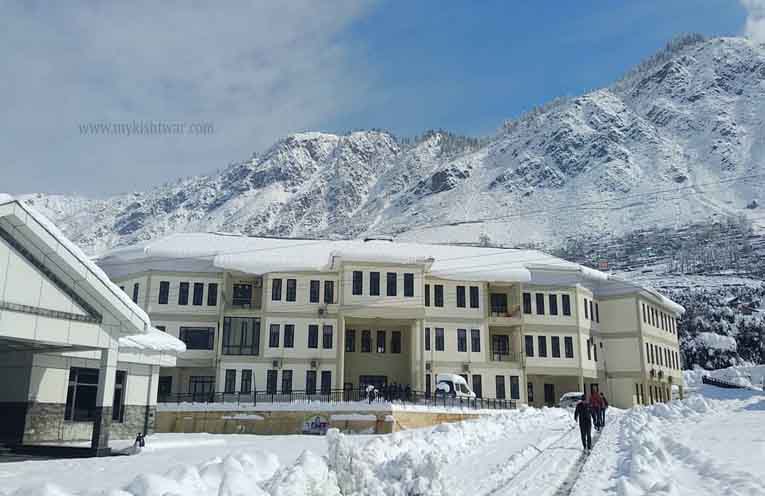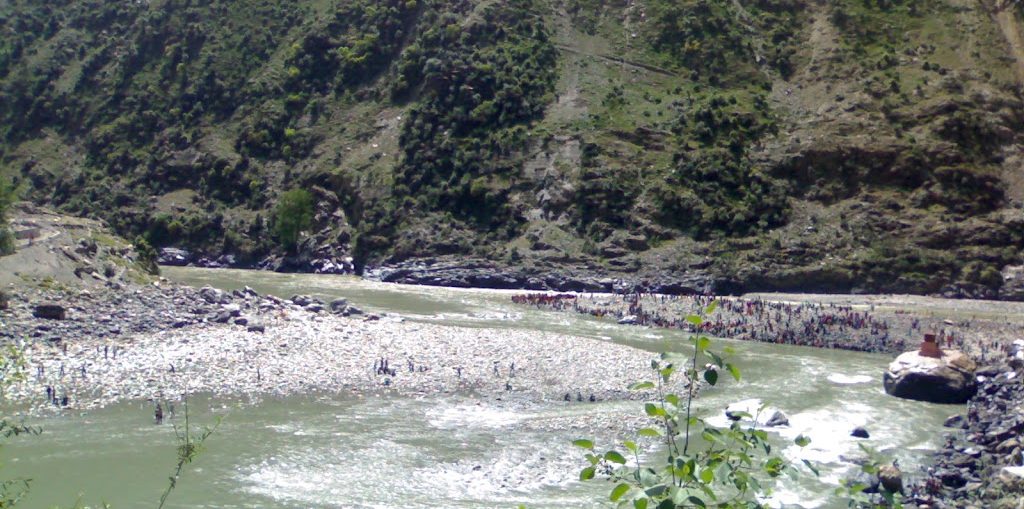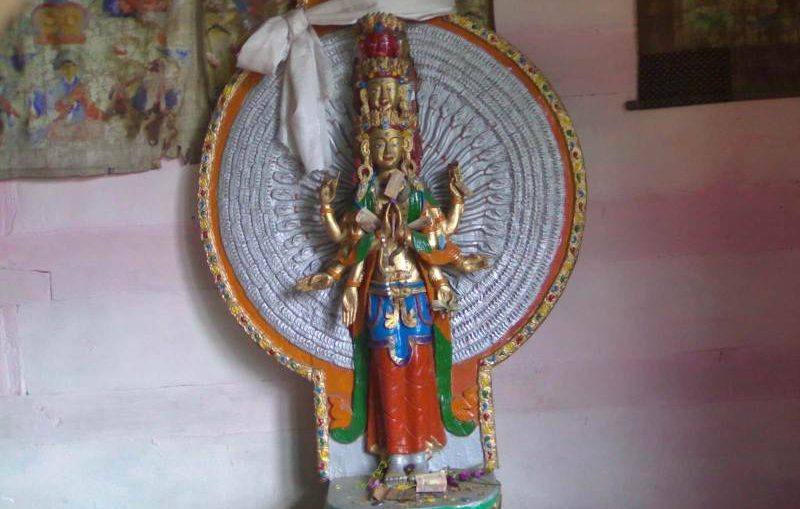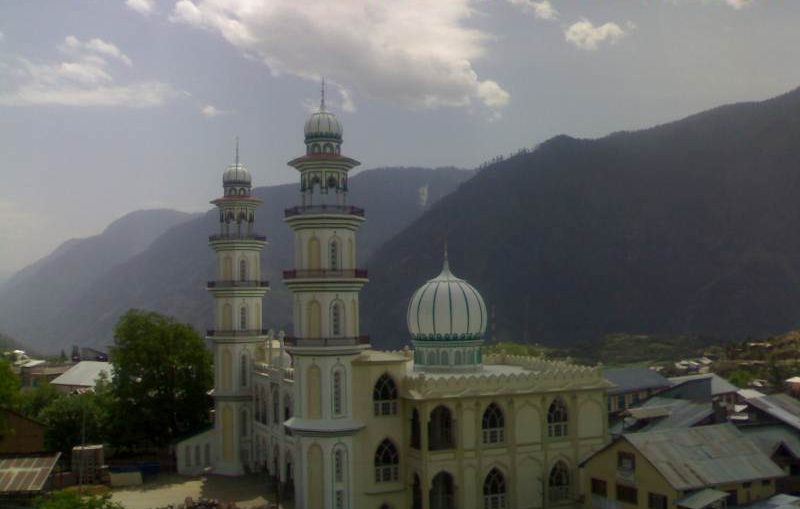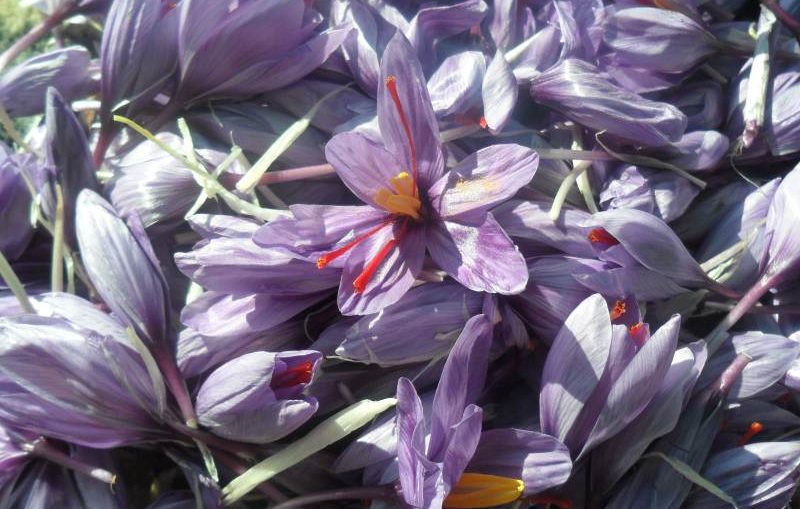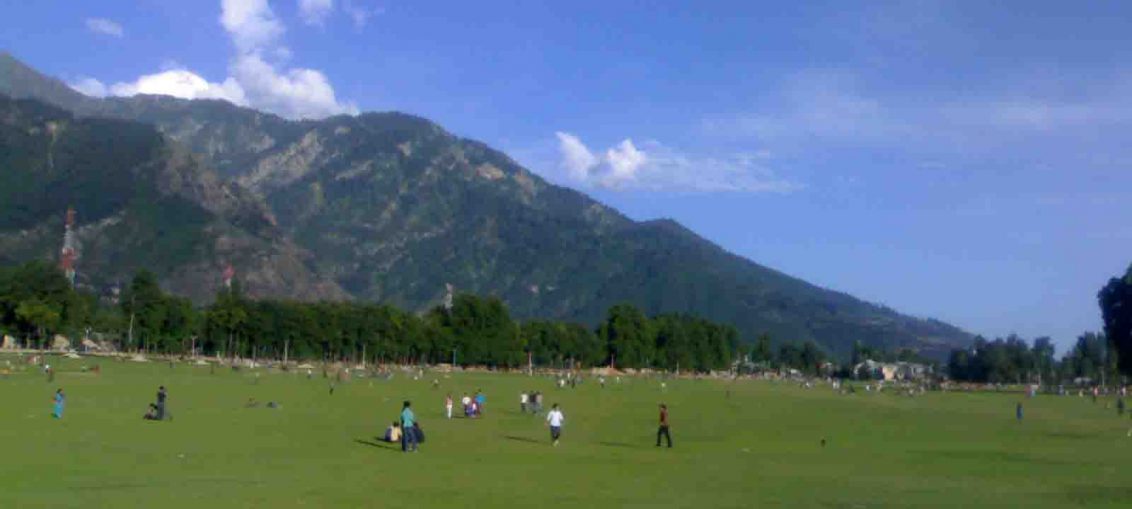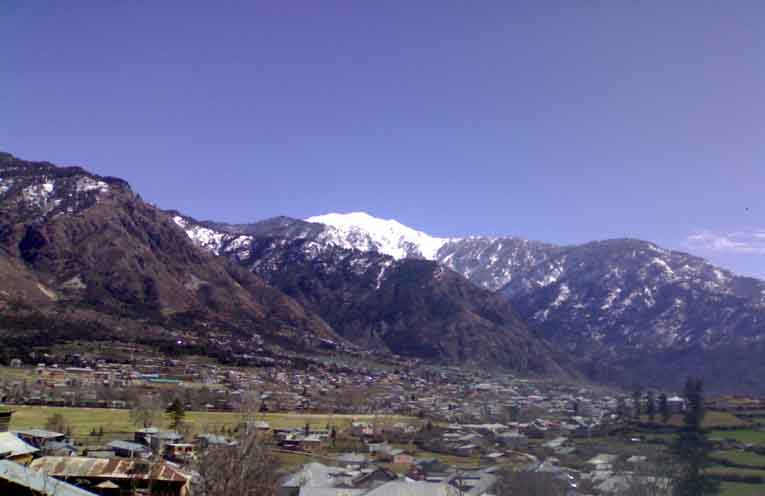Kishtwar Kishtwar the land of Saffron, Sapphire, and Shrines was an independent hilly state during the medieval period. Maharaja Gulab Singh, the Dogra ruler of Jammu annexed it in 1821 AD. District Kishtwar was carved out from the erstwhile District Doda during the year 2007-08 when the Chief Minister of state G.N.Azad
Kishtwar
Bhandarkoot
Gumpas of Kishtwar
Kishtwar district has the distinction of having a population of about 7000 Buddhists in the upper reaches of Tehsil Padder. Recently a ‘Buddhists Center’ was inaugurated at Gulabgrah by the Buddhist religious head Dalai Lama on 5/6/2010 amidst a congregation of about 25000 Buddhists drawn from Padder, Ladakh, Himachal Pradesh
Jamia Masjid Kishtwar
The Jamia Masjid of Kishtwar is the oldest mosque in district Kishtwar. It has already been said that a mosque had been constructed in Kishtwar before 1650 A.D. Masjid-e-Faridiya and Jamia Masjid Kishtwar follow. The Jamia Masjid of Kishtwar was one of the biggest mosques in Jammu province. Its premises
Shrines/Ziarrats in Kishtwar
History Padder Valley
CHOWGAN- Crown Of Kishtwar
Flora and Fauna Found in Kishtwar
History of Kishtwar
Kishtwar is known by several names: 1. Samarth Garh 2. Goverdhansar 3. Mahakali Garh 4. Lohit Mandal 5. Pohie 6. Cheerhar 7. Bhot Nagar 8. Kishtavata 9. Kishtwar Existence of Kishtwar town and Mandal goes back to Mahabharata time when it was called 'Lohit Mandal' meaning ' a place of Saffron' although 'Lohit' has ceased to be used now but
Kishtwar
K Kwality (Quality) I In S Sapphire and Saffron H Having T Tremendous amount of W Wealth A And R Resources K-----Kwality I----- In S----- Sapphire and Saffron H-----Having T-----Tremendous W-----Wealth A-----And R-----Resources Existence of Kishtwar town and Mandal goes back to Mahabharata time when it was called 'Lohit Mandal' meaning ' a place of Saffron' although 'Lohit' has ceased to be used now but 'Mandal' still exists and is the name of the
